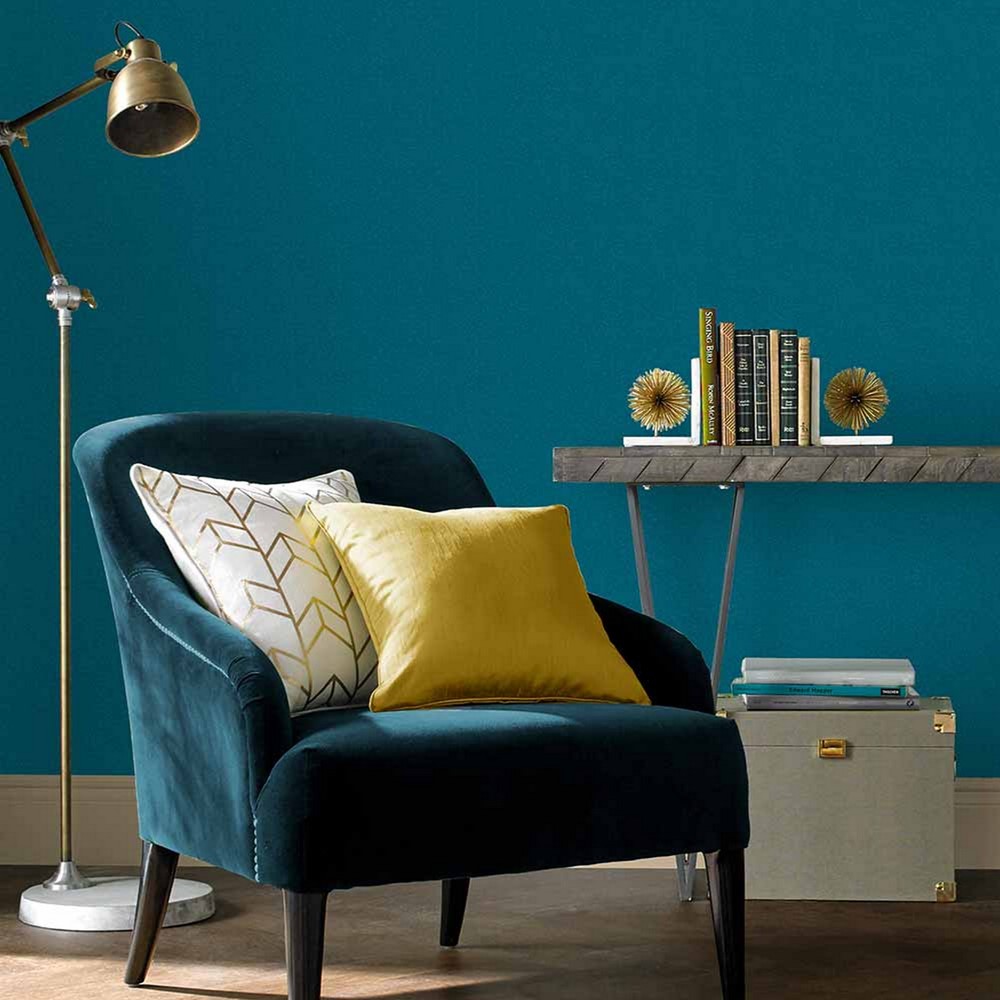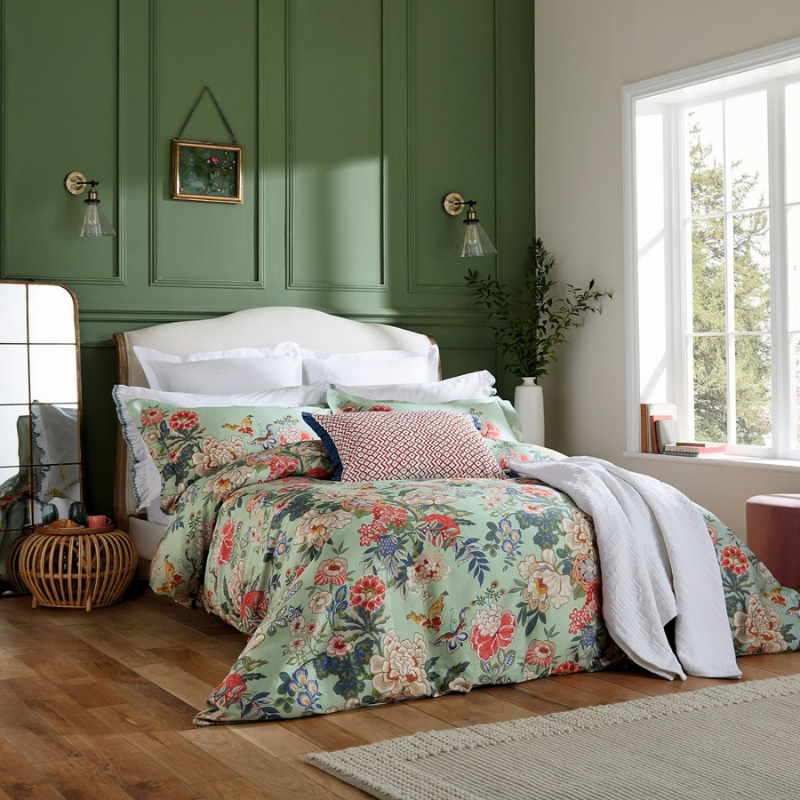Creating a certain atmosphere in your home, whether a particular room or space, is done using colour. Here’s our guide to the concept of how to decorate using colour psychology and how it can change a room. From a study space to a dining room, colour psychology can be the key to creating a cohesive space that ties into your needs for the room.

So, What is Colour Psychology?
Colour psychology is the science behind how our mood and behaviour can be influenced by certain colours. From how we feel to how we act and engage with each other in a space. When we perceive colour, it’s through light being converted into electrical impulses through our retina.
This then passes through a part of our brain called the hypothalamus, which controls our hormones and therefore emotions. Meaning there is a clear and distinctive link to colour being not simply visual, but emotional too.
We constantly use colour to make decisions and react to certain colour cues that we all instinctively know. Such as green being a positive colour, meaning ‘go’. From traffic lights to the tube map to universal signs for hot or cold. We live in a world that is sorted into colours that we see day to day consciously or not.

Why Use Colour Psychology?
The use of colour psychology helps to boil down the meanings of colours to each person, removing the external factors that might impact how you feel about a colour. This allows you to learn which colours are best for what room, and for you personally. Enabling you to get the most out of colours and hues that makes you the happiest.

The Impact Of Different Colours
- Red is a stimulating colour that generates a physical response linked to fight or flight.
- Dark red tones are stimulating but light red and pinks are soothing.
- Light blue tones are mentally soothing while darker blue tones are mentally stimulating.
- Yellow boosts confidence and optimism, promoting positivity and uplifting thoughts.
- Green is the colour of balance and harmony, acting as the balance between mind, body and emotional self.
Where To Have Each Shade In Your Home
When you adjust to decorate using colour psychology, you need to consider the shade or hue. To change a colour you either add black, white or both. For example, pink is simply red plus white – but where red is physically stimulating, pink is physically soothing.

Red builds excitement and passion, feeding well into spaces which want good conversation and lively energy. Such as a dining room or a living room, where we can imagine having guests or engaging in activity. Pink is nurturing and caring and is best for a nursery or a bedroom where we want to feel soothed and comfortable.
Orange is red plus yellow, and with these two combined it is physically and emotionally stimulating. It’s warm, fun and playful, and it works well in spaces with high social interaction, such as a kitchen or workplace.
Yellow is emotionally stimulating and it’s great in breakfast areas, kitchens, bathrooms, a nursery – especially on the ceiling to emulate sunshine.

Green is the colour of life, it is the one colour that requires almost no adjustment for the eye to see it, indicating it as a colour of balance and harmony. It’s reassuring and safe, and is a popular colour across the home, including the Dulux colour of the year for 2023. We love it for the kitchen to bring cohesion.
Blue is the UK’s favourite colour and it can be soothing or stimulating depending on the hue. It can help you think logically and promotes communication. Light blue is better for creative thought whereas dark blue helps with concentration – meaning a home office is the perfect room for blue.
Beige and other earthy tones link in our minds to nature and is a grounding colour. Meaning it makes you feel safe, cosy and assured. Making it a great colour for a bedroom or a living room to give a cosiness and warmth.

How To Choose Colours Right For You
This is down to more personal preference, and armed with the knowledge of what each colour does, it can help narrow down your search.
Look at your wardrobe or look at your current home decor and think what colours jump out. Is there one colour you prefer to use? Is it through accents or a whole room? If you’re naturally drawn to one colour, incorporate this in the best room as suggested above and see you fall in love with your interior once more!
So will you decorate using colour psychology? Let us know in the comments!

Leave A Comment